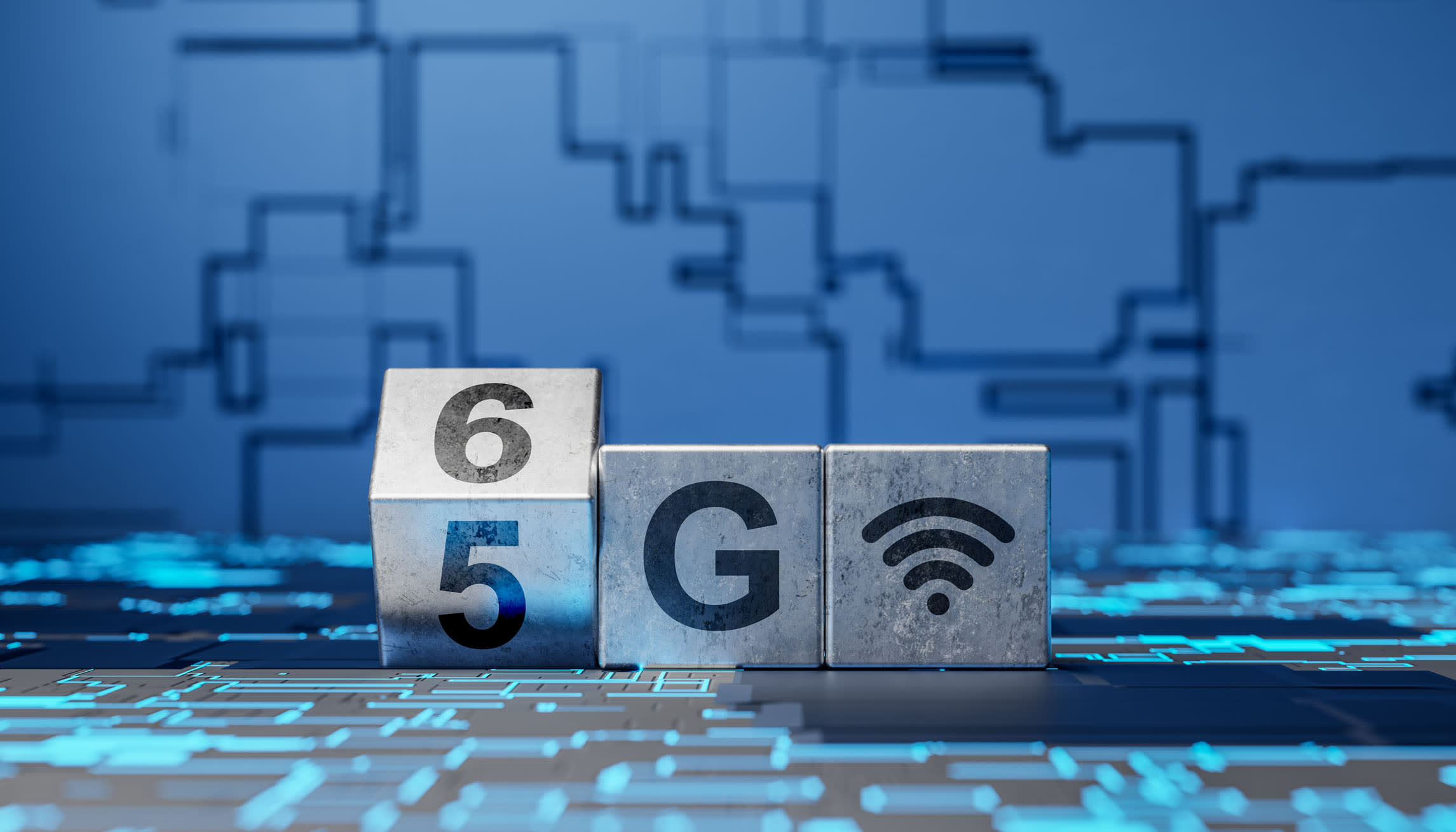Despite all its promise, 5G hasn’t quite met the demands of emerging use cases, as expected. We’ve seen innovations in network capabilities, but the projected return on investment (ROI) still eludes many. With R&D on 6G underway, it’s important to learn from the lessons of 5G. This blog will explore 5G roadblocks, how 6G will address them, and factors for engineers to consider.
How 6G Plans Can Improve Upon 5G
When 5G rolled out, it was hailed as the next great leap forward in wireless technology. It promised faster speeds, lower latency, and greater bandwidth than 4G LTE. The anticipated result was the ability to support new and innovative use cases, such as autonomous driving, smart cities, and telemedicine. Despite the substantial investment from operators and makers of devices, systems, and chipsets, the reality has not fully met the lofty expectations.

Because of this, it’s essential to learn from 5G adoption as 6G is being developed. Here are three key lessons engineers need to study:
Overpromising – The excitement around 5G led to a barrage of promises about groundbreaking new applications and services. Many use cases have yet to materialize – at least not to projected levels. While 5G has improved speed and network capacity, many of the most touted use cases remain at nascent levels.
One significant issue is that businesses have struggled to generate new service revenues from 5G’s more advanced capabilities, such as massive IoT and ultra-reliable low-latency communications (URLLC). 5G has not penetrated the enterprise market at the rate anticipated, leaving operators in a tricky spot where they’ve spent billions but are not seeing the projected ROI.
5G Implementation Complexity – The transition from 4G to 5G has been far more complex than many anticipated. From the deployment of new infrastructure, such as small cells for millimeter-wave (mmWave) frequencies, to the upgrading of existing networks, many operators have faced challenges. Additionally, some spectrum allocated for 5G, like the much-touted 5G NR Frequency Range (FR) 2, which utilizes mmWave, have not lived up to expectations in terms of coverage and cost-effectiveness.
5G network deployment has been slower and more costly due to complexity. The 5G core network is much more flexible than 4G LTE. The trade-off is that it’s also significantly more complicated. Higher operational costs and longer deployment times are the results.
Lack of an Ecosystem – The success of any new technology relies heavily on a robust ecosystem. One challenge with 5G has been the delay in devices, applications, and services. For example, while smartphones now widely support 5G, other devices – particularly those needed for industrial IoT – remain in the early stages. Without a robust ecosystem to support these new services, 5G remains largely theoretical for many industries.
6G To Address Challenges
As we look ahead to 6G, there’s a concerted effort to ensure that the next generation of wireless technology can deliver where 5G has not. Here’s how 6G aims to make emerging use cases a faster – and more profitable – reality:

One key goal of 6G is to simplify the network. By reducing the operational complexity associated with 5G, particularly in the core network, 6G aims to make deployment faster, cheaper, and more efficient.
Expanding Use Cases and Ecosystems - 6 G will focus on supporting a broader range of applications. For example, the push for AI-native networks in 6G will allow for more intelligent and adaptable network functions. These will help better meet the needs of industries such as healthcare, manufacturing, and transportation.
Additionally, 6G aims to foster a more developed ecosystem from the outset. Based on the lessons learned from 5G, greater emphasis will be placed on building the necessary devices and applications in parallel with network development. This is expected to help industries more readily adopt 6G technology.
Expanding the Spectrum – One critical issue with 5G was the allocation and use of spectrum, particularly at mmWave frequencies, which provided limited coverage and required expensive infrastructure investments. For 6G, there is a focus on using the spectrum more efficiently by integrating higher-frequency bands, such as the upper mid-band (7-24 GHz) and even terahertz frequencies.
By utilizing more bands, 6G can deliver faster data speeds and lower latency while supporting more devices simultaneously. Additionally, by addressing the spectrum-sharing challenges seen with 5G, 6G networks should be able to deliver better performance in densely populated areas.
Sustainability - As energy costs rise and there is a greater emphasis on shrinking carbon footprints, 6G will prioritize energy-efficient technologies. Engineers are working to ensure that the next generation of networks can operate with lower power consumption, helping to reduce the environmental impact of global telecommunications.
6G will also aim to promote equitable access to technology for all. The technology will bring the benefits of faster, more reliable network access to underserved communities around the world.
Testing Plays a Key Role
Accurate, reliable, and efficient testing will be an important aspect of successfully developing and deploying 6G. Solutions must support 5G and 6G and perform tests based on industry, government, and operator standards and regulations. They will need to be comprehensive, efficient, and flexible.
It is about more than the instruments, though. Working with an experienced test partner will be imperative to development success. Selecting a partner with a proven track record of providing test solutions for multiple wireless technologies and being involved in industry associations is essential. They have the industry experience and insight to help create a smooth transition to 6G.
Conclusion: A Smarter, Simpler Future





